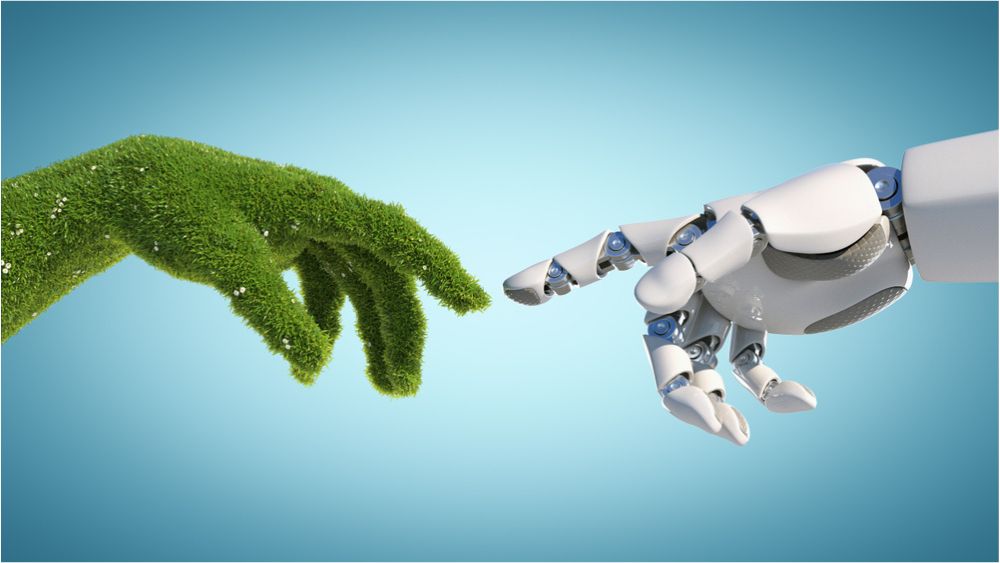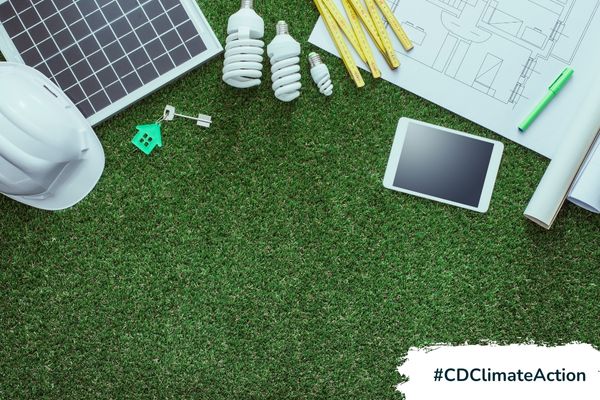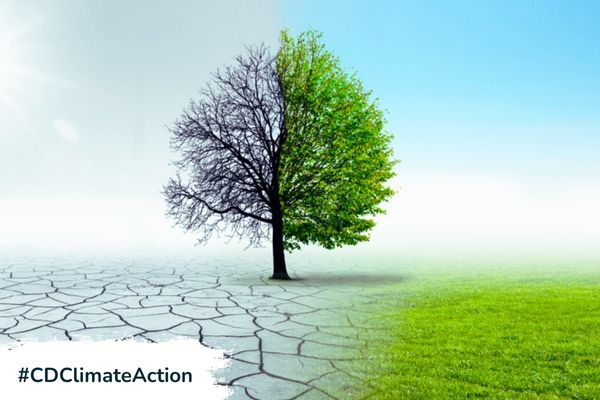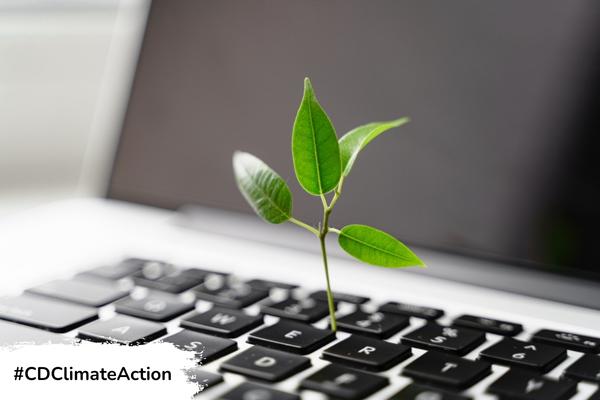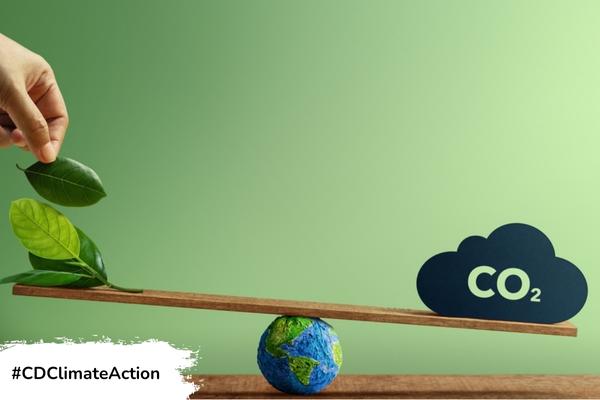Insights
INSIGHTS
All Topics
The green tech that may save the world
We explore the latest tech innovations to protect the environment and tackle climate change
CHECK OUT THE ’CLIMATE ACTION’ HUB!
Technological innovations can give us hope that the planet can be saved from the onslaught of climate change and the destruction it is already causing across the globe, from wildfires in southern Europe to flooding in Pakistan.
There is a raft of exciting green tech developments to help us use energy more efficiently and to monitor emissions. There is certainly no single quick fix, but instead lots of different areas of innovation to tackle climate change.
It is also important to acknowledge tech’s difficult history with climate change. The digital carbon footprint, of using and storing data, playing computer games, and using social media is sadly part of the problem, even though tech is also providing effective solutions to climate change. For example, each of Facebook’s almost three million users produce 12 grams of carbon dioxide each year.
This article will look at some of the most interesting developments taking place as tech is being harnessed for good.
Carbon capture
New technologies involving air filters and ionic liquids are being developed to capture and reduce carbon dioxide in the atmosphere. These look to collect the carbon dioxide already present in the air and removing it by relocating it underground or reusing it.
Carbon capture first traps the carbon dioxide emissions in a similar way to how a vacuum cleaner collects dust and dirt. These emissions are then placed in a storage facility and often permanently stored underground where they can no longer harm the environment.
It is not a new process, with carbon capture used for the first time to tackle pollution in a Texan oilfield in 1972. Since then, its use has grown markedly. As of 2023 there are 43 large-scale carbon capture and storage systems across the world.
According to the International Energy Agency (IEA), there are plans to create more than 200 new capture facilities by 2030, capturing over 220 metric tonnes of carbon dioxide a year.
But the IEA adds that this “deployment would remain substantially below what is required” to achieve net zero emissions.
Biomass Energy
There is a raft of well-known renewable sources of energy, most notably using wind, tidal and solar power. Less known, but no less effective is biomass energy to produce goods through burning plant waste.
This includes ethanol from corn and sugarcane, biodiesel from vegetable and cooking oils, green diesel from algae and sustainable wood, and biogas from animal manure.
An advantage of biomass energy is its effectiveness of using waste from plants and leftover agricultural crops in a way that creates less emissions than fossil fuels.
But biomass energy also requires land and water so there is a risk that paradoxically this technology could harm the environment, leading to deforestation. Also burning biomass still releases carbon dioxide, so needs to be implemented alongside carbon capture technology to be effective in cutting emissions.
There is considerable scope to develop biomass energy in the UK. For example, it only contributed four percent of energy during the UK’s longest spell of electricity generated without coal. Meanwhile, wind power accounted for 12% and solar 11%, according to the Energy Saving Trust.
Hydrogen Fuelled Cars
Electric-powered cars are increasingly commonplace globally. In the UK, this is set to step up markedly by 2030 when the sale of new petrol and diesel cars ends. From then, new cars and vans can only be sold if they have the capability to drive a significant distance with zero emissions, according to the government.
An alternative to electric vehicles is cars propelled by hydrogen. UK based Riversimple is among manufacturers creating such vehicles. Its prototype can travel 300 miles and refuel in minutes. It emits 40g of carbon dioxide emissions per km, which is lower than an electric car.
Overfunding now!
— @riversimple (@riversimple) March 13, 2023
With the sale of new petrol or diesel cars being banned from 2030 in the UK, we need practical, affordable alternatives.
We have designed and prototyped a light, convenient, zero-emission alternative to Battery Electric Vehicles (BEVs). pic.twitter.com/OHAn50lhkE
Wastewater electricity
Just as biomass energy is creating a renewable source of energy through plant and agricultural waste, energy is also being created from our wastewater.
This is in development and is using electrodes to turn the organic compounds in waste water into electricity and at the same time purifying the water.
For example, researchers at Wegeningen University and Research in the Netherlands and water tech institute Westus are working to ensure electricity can effectively be generated from wastewater in this way. Through its research it is looking to use the bacteria already present in wastewater to convert its organic compounds into protons and electrons.
Meanwhile, researchers at Washington University, St Louis, USA, have also developed a device to produce electricity from wastewater. They have produced an electrode out of carbon cloth that acts as a filter to collect organic matter from the wastewater. When bacteria grow on the cloth, they consume organic materials and release electrons.
Sign up for our newsletter
Click above to receive the latest sustainability content straight to your inbox
Joe Lepper
More on this topic
Related Content
Recommended Products
30 Dec 2024by Ioan Marc Jones
Everything you need to know about the Charity Commission
29 Dec 2024by Ioan Marc Jones
An A-Z glossary of climate change terms and definitions
Our Events
Charity Digital Academy
Our courses aim, in just three hours, to enhance soft skills and hard skills, boost your knowledge of finance and artificial intelligence, and supercharge your digital capabilities. Check out some of the incredible options by clicking here.

